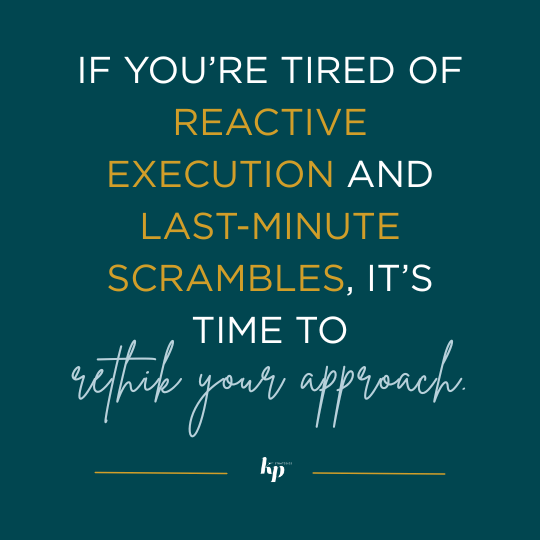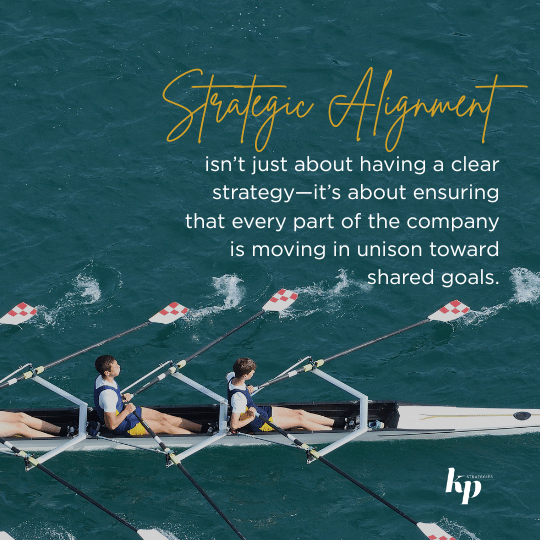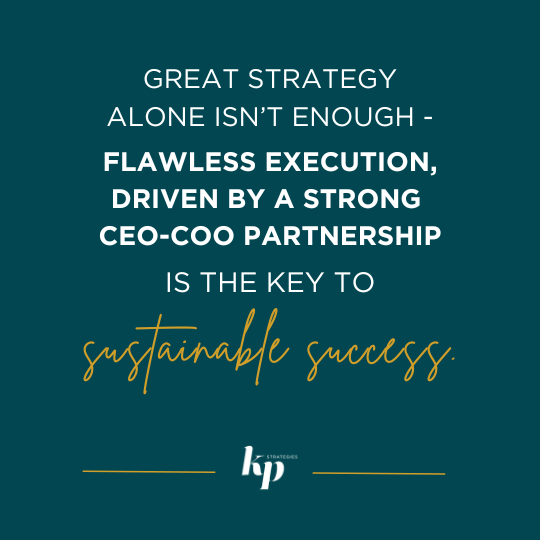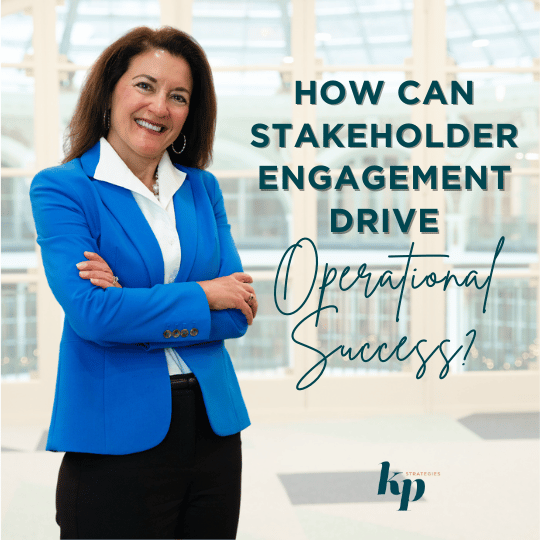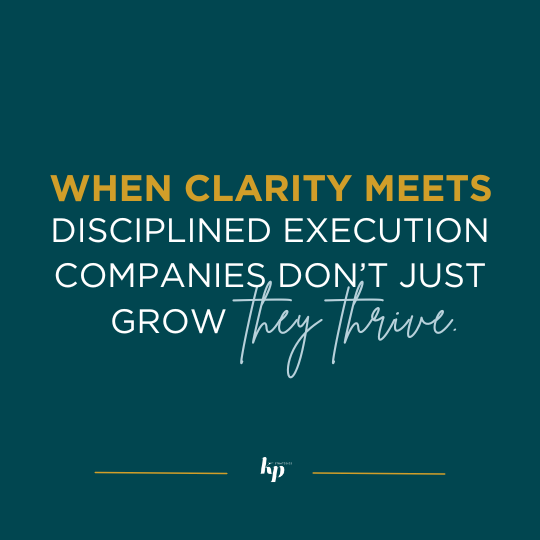

The Corner Office

Mastering Proactive Execution: A CEO’s Wake-Up Call
The CEO leaned back in their chair, rubbing their temples as another leadership meeting spiraled into a familiar cycle of frustration. “Why are we always playing catch-up?” they finally asked. The team exchanged glances, but no one had an answer. Board presentations were rushed. Quarterly reports were last-minute fire drills. Strategic initiatives seemed to stall

What Got You Here—Won’t Get You to the Next Level
The CEO stared at the latest performance report, frustration growing. “We should be further ahead by now.” Despite years of steady success, growth had slowed. The company had reached a plateau, and certain leaders—once the driving force behind the company’s achievements—were now struggling to keep up with the demands of the next stage. It was

The Power of Strategic Alignment: The Hidden Key to Unlocking Growth and Success
The CEO sat at the head of the conference table, frustration evident in their expression. The executive team had spent months refining a bold new growth strategy—yet something wasn’t clicking. Sales was pushing one agenda. Operations had a different set of priorities. Marketing was running in another direction entirely. “Why does it feel like we’re

Setting the Tone for Q2 and Beyond: How CEOs Can Transform Town Hall Meetings
The CEO stood at the front of the room, scanning the faces of their employees. Some were checking emails, others stared blankly at the screen, and a few were sneaking glances at the clock. The quarterly All Hands meeting was meant to energize and align the company. Instead, it had become just another meeting—a routine

The Importance of Vision Clarity: A Test for CEOs and Boards of Directors
The boardroom was silent as the CEO wrapped up the annual strategy presentation. The slide on the screen read: “Our vision: To be the #1 company in our industry.” Heads nodded, but the energy in the room was flat. The statement sounded solid—but was it truly inspiring? Would it guide bold decision-making and drive innovation?

Is Your Team Aligned to Achieve Your 2025 Growth Strategies?
The boardroom was buzzing with excitement. After months of deep dives, strategic debates, and scenario planning, the leadership team had finally completed their three-year strategic plan. It was bold. It was ambitious. It had the potential to redefine their market position. But as the celebratory coffee cups clinked together, one question lingered in the air:

Driving a Culture of Accountability: Lessons from the Corner Office
Imagine walking into a bustling boardroom where the air is thick with anticipation. The CEO, Laura, stands at the head of the table, her gaze steady as she addresses her leadership team. The company has missed its quarterly targets—again. But instead of pointing fingers or laying blame, Laura does something unexpected. She starts with herself.

The CEO & COO Power Duo: Driving Operational Excellence Together
When Lisa stepped in as CEO of a fast-growing tech company, she had a bold vision. The company was poised to scale, but execution wasn’t keeping up. Operational bottlenecks, misaligned teams, and cultural inconsistencies were slowing progress. Enter Bill, the company’s newly appointed COO. A seasoned operations leader, Bill understood that great strategies fail without

The CEO’s Hidden Superpower: How Stakeholder Engagement Drives Operational Excellence
When Sarah took over as CEO of a mid-market technology firm, she quickly realized that despite having a solid strategy, execution was falling short. Employees seemed disconnected, customers were voicing concerns, and board members were asking tough questions about performance. At first, Sarah assumed the problem was operational inefficiencies, maybe the processes weren’t optimized, or

From Vision to Execution: A CEO’s Reality Check
When Mark took over as CEO of a mid-sized tech firm, he was confident that his vision for growth was clear. He had outlined an ambitious three-year strategy, presented it to his leadership team, and assumed that execution would follow naturally. But months later, something felt off. Despite strong talent and significant investments in new
